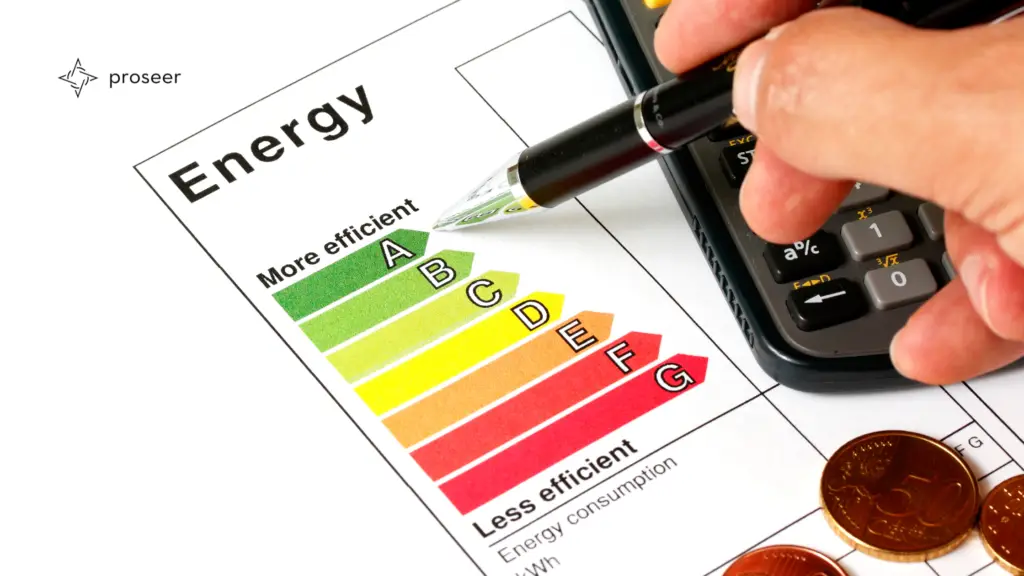Signed into law by President Joe Biden in August, the Inflation Reduction Act encourages and incentivizes green home energy upgrades to fight climate change. Now, homeowners and businesses can potentially benefit from their eco-friendly initiatives, as the law allows those who install energy-efficient fixtures and systems to enjoy a tax break.
We’re about to discuss everything homeowners and business owners need to know about how they can use the Inflation Reduction Act to their advantage. Learn what it is, who qualifies, and more.
What is the Inflation Reduction Act?
While our focus today is on the green energy initiatives of the Inflation Reduction Act, the law also invests in health care—namely prescription drug costs. It additionally raises taxes on conglomerates, with a new tax rate of 15% for corporations that make over $1 billion in income.
We previously covered tax incentives for electric vehicles that can be found here.
When it comes to combating climate change, the Inflation Reduction Act encourages eco-friendly construction and renovations for businesses and homes alike. The law extends tax credits to those who opt to make green improvements to their property, called the Energy Efficient Home Improvement Credit, that replaces the former Nonbusiness Energy Property Credit that expired at the end of 2021.
For 2022, the Inflation Reduction Act revives the Nonbusiness Energy Property Credit, and the old rules apply. The credit is worth 10% of the installation costs of energy-efficient systems; however, beginning in 2023, the Energy Efficient Home Improvement Credit increases the credit to 30% of costs for eligible installations made during the fiscal year. While the previous credit had a $500 lifetime limit, the new credit removes the lifetime limit and allows for up to a $1,200 annual limit on the credit amount. By spreading out your qualifying improvements, you can claim the maximum amount of credit each year.
Who (and What) Qualifies for Tax Incentives?
Any homeowner or business owner may qualify for the tax credits offered by the Inflation Reduction Act, should they make renovations that are compliant with the Act’s qualifications.
Examples of projects or equipment that are eligible for tax credits include:
- Solar windows or doors
- Energy-efficient water heaters or HVAC systems
- Electric stove installation
- Electric heat pump clothing dryer
- Non-appliance electric upgrades (e.g. wiring).
Restrictions and Limitations
Some restrictions apply to the Act’s green energy tax credits. Starting in 2023, the limits for qualifying projects include the following:
- $150 for home energy audits
- $500 for all exterior doors
- $600 for exterior windows and skylights
- $2,000 for electric or natural gas heat pump water heaters, and biomass stoves and broilers.
Additionally, credit will not be allowed for projects that take place after 2024 unless the manufacturer assigns an identification number for purchased items, and the person claiming the credit includes this number on their tax return.
Other Incentives
The current Residential Energy Efficient Property Credit, which is renamed by the Act to the Residential Clean Energy Credit, was scheduled to expire in 2024, but has been extended through 2034. The credit is increased from 26% to 30% of the cost to install qualifying systems that use solar, wind, geothermal, biomass or fuel cell power to produce electricity, heat water or regulate temperatures in your home.
Additionally, the Alternative Fuel Refueling Property Credit, which expired at the end of 2021, is back and has been extended through 2032. The credit is worth 30% of the cost of “qualified alternative fuel vehicle refueling property”, up to $1,000 that is installed in your home. The credit has been updated to include bidirectional charging equipment which allows for charging of an electric vehicle, as well as discharging from the electric vehicle back to the electric grid.
To learn more about the Reduction Inflation Act and, visit the official White House page, and contact Proseer to see if you qualify.

